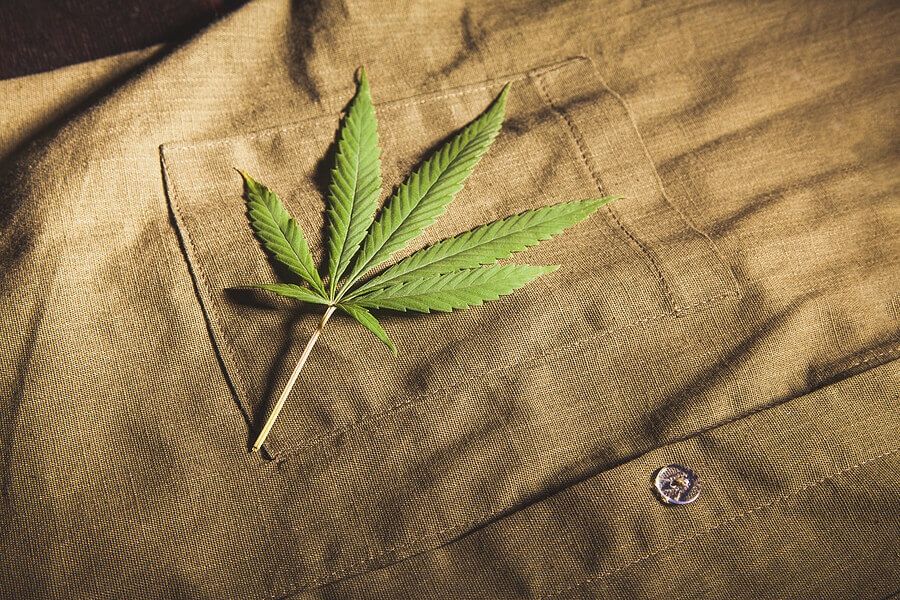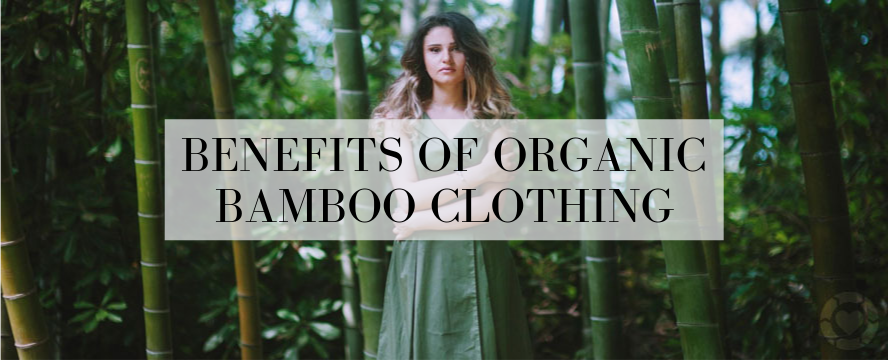Best Facts On Deciding On Hemp Clothing
Wiki Article
What Are The Environmental Advantages Of Hemp Clothing That Is Low-Impact?
Low impact fabric hemp clothing offers a variety of environmental advantages in comparison to clothing made of cotton and synthetic fibers. Here are some of the important environmental benefits of hemp clothing. Sustainable farmingHemp - Hemp is a very sustainable crop. It grows rapidly and requires very little water, herbicides, or pesticides. Hemp can thrive in various conditions and is able to adapt to different types of soils, thus reducing the need for chemicals used in agriculture.
Hemp uses less water than cotton. Cotton is well-known for its heavy use of water. It makes hemp a sustainable option for garment production.
Hemp can grow without pesticides and herbicides. In a lot of cases this helps reduce the impact on the environment of chemical farming.
Hemp cultivating can improve soil quality thanks to its deep-rooted roots system which assists in preventing soil compaction and erosion. The soil is in better shape for future growth.
Biodegradability Biodegradability Hemp fibers biodegrade and decompose naturally over time. This reduces the environmental burden from textile waste. Contrast this with synthetic fibers such as polyester may take hundreds of years to break down.
Lower carbon footprint. The production process for hemp fibres is usually less carbon intensive than that of synthetic materials. Hemp is also a carbon-sink because it absorbs CO2 from the air while expanding.
Hemp clothing is known for its durability and long lasting. Good quality hemp clothing lasts for many years, which reduces the necessity to replace them often.
Hemp plants are naturally resistant against pests. This eliminates the requirement for pesticides.
Versatility- Hemp can be used in a variety of textile uses such as bags, clothing and accessories, making it a sustainable and versatile option for textiles and fashion.
Regenerative Agriculture: Some sustainable farming practices incorporate hemp into systems of regenerative agriculture, which aim to enhance and maintain the ecosystem while also producing crops. This practice is beneficial for the environment.
While hemp has many environmental benefits, its sustainability is impacted by other aspects, such as the transportation, dyeing and consumer behaviour. In all industries there are different practices in the production process and the standards. To maximize environmental benefits, it's best to select hemp clothing made from organic and sustainable sources. Check out the best use this link on hemp clothes for website info including hemp tank top, patagonia ranch jacket, hemp apparel, hemp cotton fabric, hemp coat, patagonia island hemp pants, hemp coat, hemp t shirt mens, patagonia hemp pants, hemp mens jeans and more.

How Can Hemp Be Used To Improve The Carbon Sequestration Process And Sustainably?
Carbon Sequestration Hemp fibers provide many benefits for the environment which include the sustainability of crops, crop rotation and carbon sequestration.
Hemp is a plant that grows at a rapid rate. It matures between 70 to 120 days, based on the kind of hemp and the growing conditions. During their rapid-growth phase hemp is able to absorb carbon dioxide from the atmosphere through photosynthesis. This carbon uptake could be a significant factor in the carbon dioxide sequestration, reducing the amount of CO2 that is absorbed by the atmosphere.
Biomass Production Hemp is renowned for its high biomass production. The dense leaves of the plant as well as its tall stalks yield an impressive amount organic matter. If this biomass is added in the soil or utilized for various applications, it can help in the building up of organic carbon in the soil, further securing carbon.
Sustainability:
Hemp is grown with less chemical use than cotton and other crops. The natural resistance of hemp reduces the necessity for chemical interventions. The organic hemp cultivation, specifically, emphasizes sustainability by eliminating synthetic chemicals completely.
Hemp is fairly water efficient and is able to grow with minimal irrigation. This makes it a better crop in regions in which water resources are scarce. This helps hemp to be more viable in areas with scarce water resources.
Hemp's deep-rooted system is able to improve the health of the soil. Its roots deep can lower runoff through stabilizing soil and improving soil structure. Hemp cultivation can also boost the microbial activity in soil. This promotes nutrient cycle and overall soil fertilty.
Hemp is an excellent crop for rotational systems. Crop rotation is the method of alternating between different crops in the same field. This can help break cycle of diseases and pests as well as reduce soil depletion and improve soil structure. Hemp's importance in crop rotation is important for the sustainability of farming.
Rotation of the crop
Diversification- Hemp can be incorporated into the crop rotation system alongside other crops like legumes, vegetables, grains or grains. Diversification is crucial to maintain soil health, decreasing the threat of pests and illnesses that are unique to particular crops, as well as helping to ensure a balanced cycle of nutrients.
Hemp roots penetrate the soil and aerate it which helps reduce compaction and enhances water infiltration. The improved soil structure is a benefit to subsequent crops following hemp.
In summary, hemp fibres enhance carbon storage, sustainability, and crop rotation practices due to their rapid expansion and production of biomass. They also require a minimum of chemicals, make efficient utilization of water, and can be used in conjunction with crop rotation systems. This makes hemp cultivation a sustainable and regenerative agriculture practice. The resultant fibers can be used for textiles and other environmentally friendly applications. View the best hemp clothes advice for site tips including hemp clothing womens, patagonia ranch jacket, hemp apparel fabric, patagonia hemp work pants, jungmaven clothing, hemp shorts patagonia, t shirt hemp, clothes made from hemp, hemp hoodie, hemp button down shirt and more.

What Are The Benefits Of Bamboo Clothing In Terms Of Comfort And Environment?
Bamboo clothing has many advantages in terms of comfort and the environment- Comfort-
Bamboo fabric is known for its softness. It has a silky smooth texture that feels good against the skin. Bamboo clothing is silky soft texture that makes it popular for intimate clothing as well as activewear and loungewear.
Breathability Bamboo fibers naturally breathable and moisture wicking. Micro-gaps facilitate air circulation, which helps keep you cool in hot weather. Moisture wicking assists in drawing sweat off the skin.
Thermoregulation- Bamboo clothing has outstanding thermoregulatory properties. It can keep you warmer when temperatures drop by retaining the heat near to your skin. Conversely, it can help keep you cool in hot weather by allowing excessive heat and moisture to go away. Bamboo clothing is suitable for wear throughout the year since it can adapt to different temperatures.
Hypoallergenic- Bamboo is hypoallergenic by nature and gentle on sensitive skin. Bamboo fabric is less likely to cause irritation on the skin or allergic reactions.
Bamboo fibers naturally have antimicrobial properties, and will stop the growth of bacteria that cause smell. This is a factor that helps bamboo clothes remaining fresh even when worn when exercising.
Environment-
Sustainability Bamboo is a durable and sustainable resource. Bamboo is one the fastest-growing plants in the world. It needs minimal irrigation and no pesticides. Bamboo can be harvested without damage to the plant since its roots regenerate.
Bamboo is a plant that has low water consumption. Bamboo can flourish with little irrigation and can be planted using rainwater only, reducing the environmental impact associated with water usage in agriculture.
Biodegradability. Bamboo clothing naturally breaks down as time passes if it is disposed. This property helps reduce the amount of non-biodegradable clothing waste that ends up in landfills.
Carbon Sequestration. Bamboo plants can sequester carbon dioxide from the atmosphere as they expand rapidly. Bamboo cultivation is a sink for carbon dioxide and reduces the amount of greenhouse gases, and also helping to reduce the effects of climate change.
Chemical Reduction- The manufacturing of bamboo fabric typically involves less chemical treatment and processing steps than other textiles, which reduces the environmental impact associated with textile manufacturing.
Closed-Loop Manufacturing Certain manufacturing methods for bamboo fabrics employ closed-loop manufacturing, which recycles and reuses water as well as chemicals to minimize the amount of waste and environmental impact.
It is important to note that the effect of bamboo clothes on the environment could be different based on the kind of manufacturing process used, and whether bamboo was sourced ethically and sustainable from the bamboo forest. If you want to get the greatest environmental benefits from bamboo clothing, search for environmentally-friendly and ethical production methods. Follow the top rated recommended reading for bamboo clothing for site recommendations including short sleeve bamboo pajamas, t shirts bamboo, boody ecowear, cotton bamboo pajamas, mens bamboo clothing, bamboo apparel wholesale, bamboo pajama pants, bamboo undergarments, bamboo sun hoody, halloween bamboo pajamas and more.
